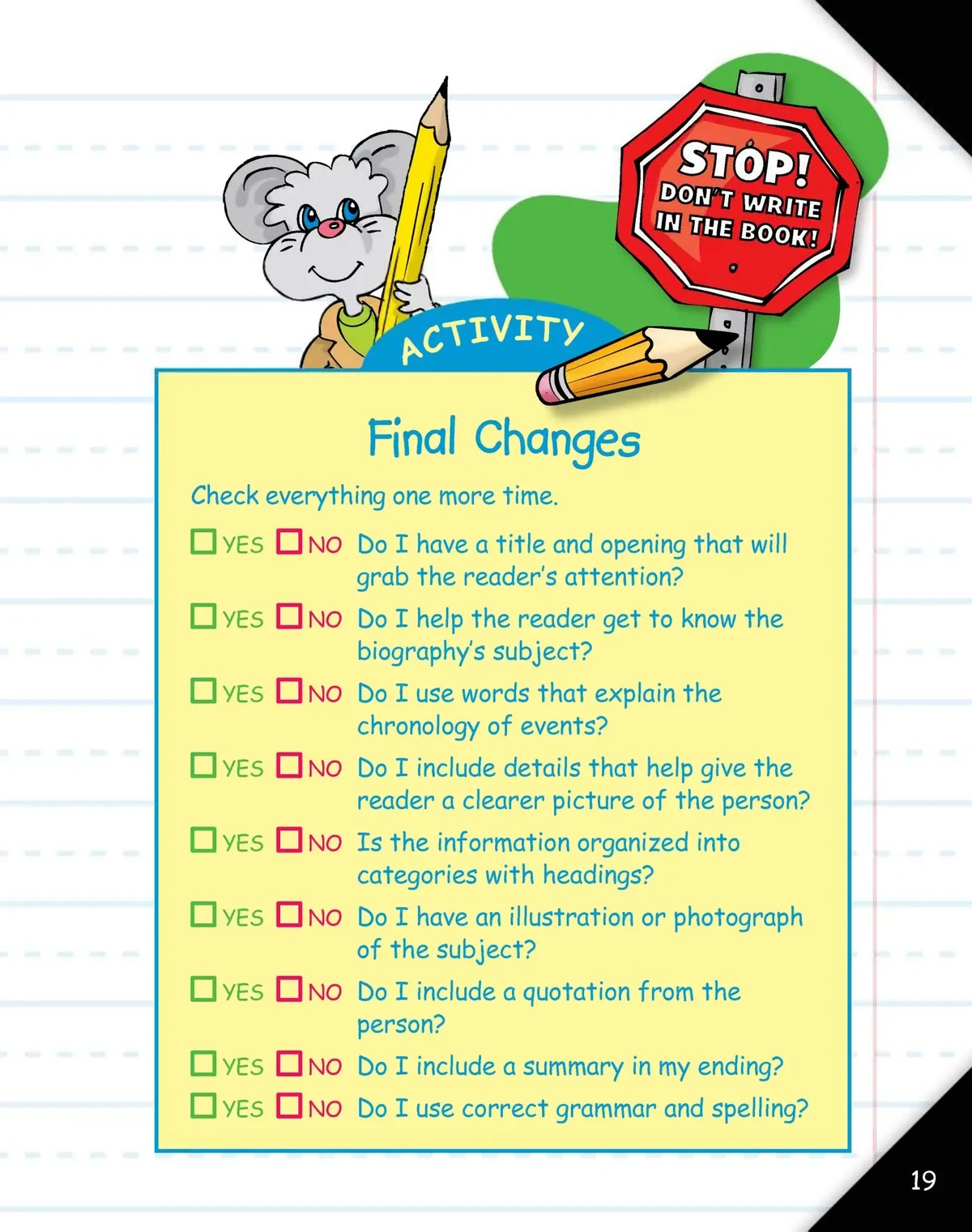==================================
Backtesting is one of the most critical steps in developing quantitative and algorithmic trading strategies. It helps traders and analysts evaluate whether a strategy could have been profitable in the past, and more importantly, whether it has the potential to work in the future. However, the real challenge lies not in running the backtest but in knowing how to analyze backtesting results effectively. Misinterpretation of results can lead to false confidence, overfitting, and financial losses.
This comprehensive guide will explain key metrics, common pitfalls, practical frameworks, and advanced methods for analyzing backtesting outcomes. By the end, you will have a step-by-step framework to transform raw test data into actionable insights.
Why Analyzing Backtesting Results Matters
Backtesting doesn’t guarantee future profits—it provides a simulation of how your trading strategy would have performed under past conditions. Proper analysis ensures:
- Validation: Confirming that strategy performance is not due to random chance.
- Risk Control: Identifying drawdowns, volatility, and worst-case losses.
- Optimization: Highlighting areas to improve entry, exit, and risk management rules.
- Realism: Accounting for slippage, commissions, and liquidity constraints.
For traders, knowing how to analyze backtesting results is as important as building the strategy itself.
Core Metrics in Backtesting Analysis
1. Profitability Metrics
- Net Profit: Total gains minus losses.
- Annualized Return: Normalized yearly performance, useful for comparing with benchmarks.
- Win Rate: Percentage of profitable trades.
2. Risk Metrics
- Maximum Drawdown (MDD): The largest peak-to-trough loss, critical for risk management.
- Volatility: Standard deviation of returns; higher volatility means higher uncertainty.
- Value-at-Risk (VaR): Estimate of the potential loss at a given confidence interval.
3. Risk-Adjusted Metrics
- Sharpe Ratio: Excess return per unit of risk.
- Sortino Ratio: Similar to Sharpe, but penalizes downside volatility only.
- Calmar Ratio: Return relative to drawdown.
Key performance and risk-adjusted metrics commonly used in backtesting
Two Methods for Analyzing Backtesting Results
Method 1: Statistical Analysis of Performance
This approach involves rigorous statistical testing to ensure robustness.
- Monte Carlo Simulations: Randomly resample trade sequences to test stability under different market paths.
- Bootstrap Analysis: Test confidence intervals of metrics like Sharpe ratio.
- Walk-Forward Analysis: Divide historical data into in-sample (training) and out-of-sample (testing) periods.
Advantages:
- High confidence in whether the strategy is robust.
- Reduces overfitting by validating across multiple datasets.
Disadvantages:
- Requires strong statistical knowledge.
- Computationally intensive.
Method 2: Scenario and Stress Testing
This method focuses on analyzing performance under extreme or rare events.
- Bear Market Stress Test: Simulate 2008 or 2020-type crashes.
- Liquidity Shock Scenarios: Incorporate wider spreads and reduced volume.
- Parameter Sensitivity Testing: See how performance changes if parameters shift slightly.
Advantages:
- Helps prepare for real-world risks.
- Easy to communicate results to investors and risk managers.
Disadvantages:
- Cannot fully predict future market shocks.
- May lead to overly conservative strategies.
Recommended Approach
For beginners, start with statistical validation using Monte Carlo and out-of-sample testing. As you grow more advanced, combine it with stress testing to cover real-world uncertainties. This blended approach ensures that your strategy is both statistically sound and practically resilient.
How to Interpret Common Backtesting Reports
Backtesting platforms often generate detailed reports. Here’s how to analyze them:
Equity Curve
A steadily rising equity curve with small drawdowns indicates stability. Sharp drops suggest vulnerability.
Trade Distribution
Analyze whether profits come from many small wins or a few large trades. A balanced distribution is more sustainable.
Heatmaps and Parameter Sweeps
Visualize how strategy performance changes with different parameters. If profits disappear when parameters shift slightly, the model may be overfit.
Sample equity curve showing steady growth and occasional drawdowns

Common Mistakes in Analyzing Backtesting Results
- Ignoring Transaction Costs: Even small commissions or slippage can turn a profitable strategy into a losing one.
- Overfitting: Designing a strategy that works perfectly in backtests but fails in live trading.
- Using Only In-Sample Data: Not testing on unseen data creates unrealistic expectations.
- Focusing Only on Profit: Ignoring risk-adjusted performance can be dangerous.
- Small Sample Size: Strategies with only a few trades may not be statistically valid.
For a detailed breakdown of mistakes, see our related guide on why backtesting fails.
Practical Workflow for Beginners
If you are new and wondering where to start backtesting for beginners, here’s a simple framework:
- Define your trading hypothesis (e.g., mean reversion, breakout).
- Collect clean historical data.
- Run initial backtests with basic metrics.
- Analyze equity curve, Sharpe ratio, and drawdowns.
- Validate with Monte Carlo and out-of-sample tests.
- Add stress tests to evaluate robustness.
- Iterate and refine strategy.
Step-by-step workflow for analyzing backtesting results

FAQ: How to Analyze Backtesting Results
1. What is the most important metric in analyzing backtesting results?
There is no single metric. Traders should evaluate a combination of profitability (returns), risk (drawdown), and risk-adjusted performance (Sharpe/Sortino ratios). A strategy with high returns but huge drawdowns is not sustainable.
2. How can I avoid overfitting in backtesting?
Use out-of-sample testing, Monte Carlo simulations, and parameter sensitivity analysis. Avoid over-optimizing for one dataset. Simplicity often beats overly complex models.
3. Should I use real-time data after backtesting?
Yes. Paper trading or running your strategy in a simulated live environment bridges the gap between backtests and real markets. This helps reveal execution issues, API delays, or liquidity gaps.
Conclusion: Turning Data into Decisions
Learning how to analyze backtesting results is about more than checking if your strategy made money historically. It’s about testing resilience, validating assumptions, and identifying risks.
- Use statistical methods for robust validation.
- Apply stress testing to prepare for real-world shocks.
- Focus on risk-adjusted returns instead of raw profits.
By combining disciplined analysis with continuous learning, traders can move from backtesting to live execution with greater confidence and reduced risk.
Join the Conversation
How do you analyze your backtesting results—do you rely more on statistics or scenario testing? Share your approach in the comments and help other traders improve their workflows. Don’t forget to share this guide with colleagues who are exploring quantitative trading.

0 Comments
Leave a Comment